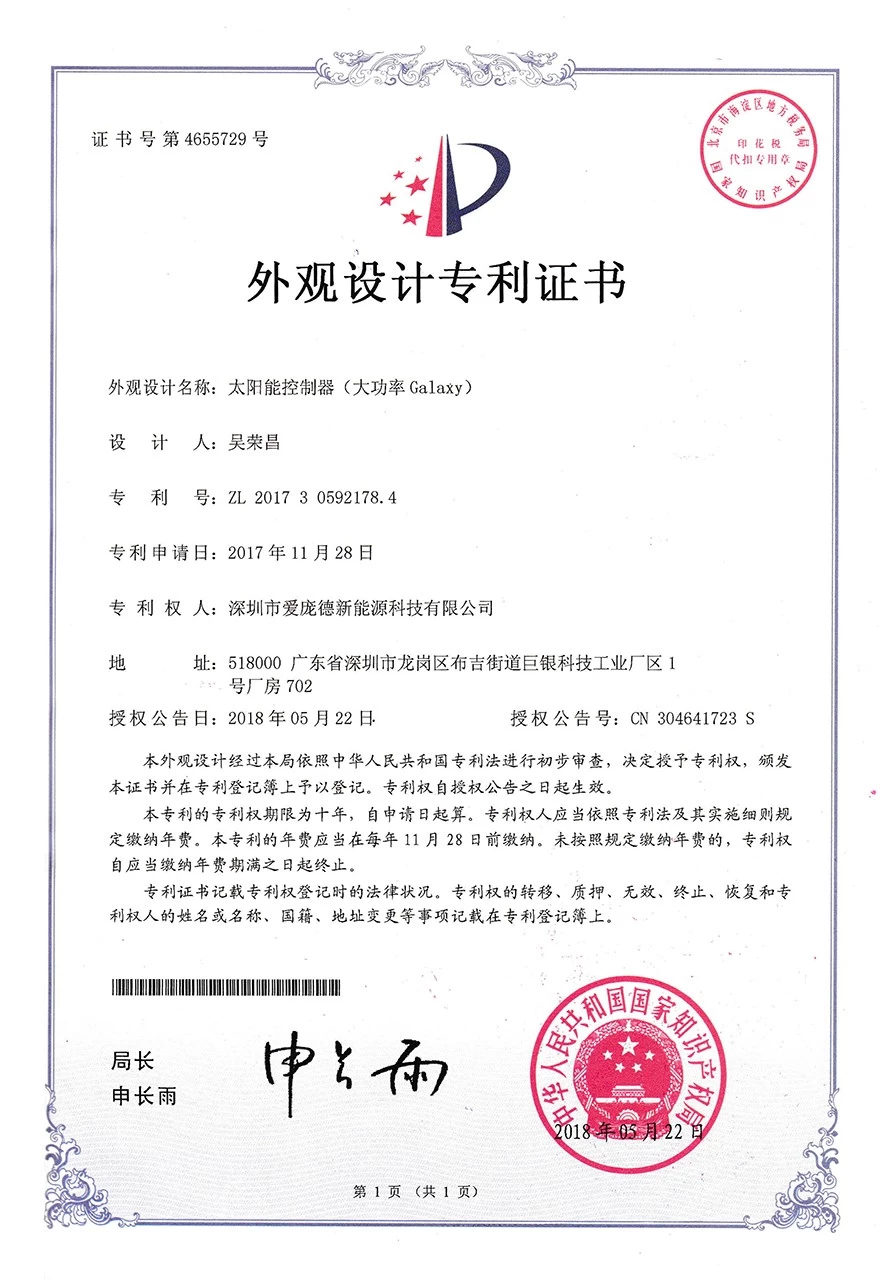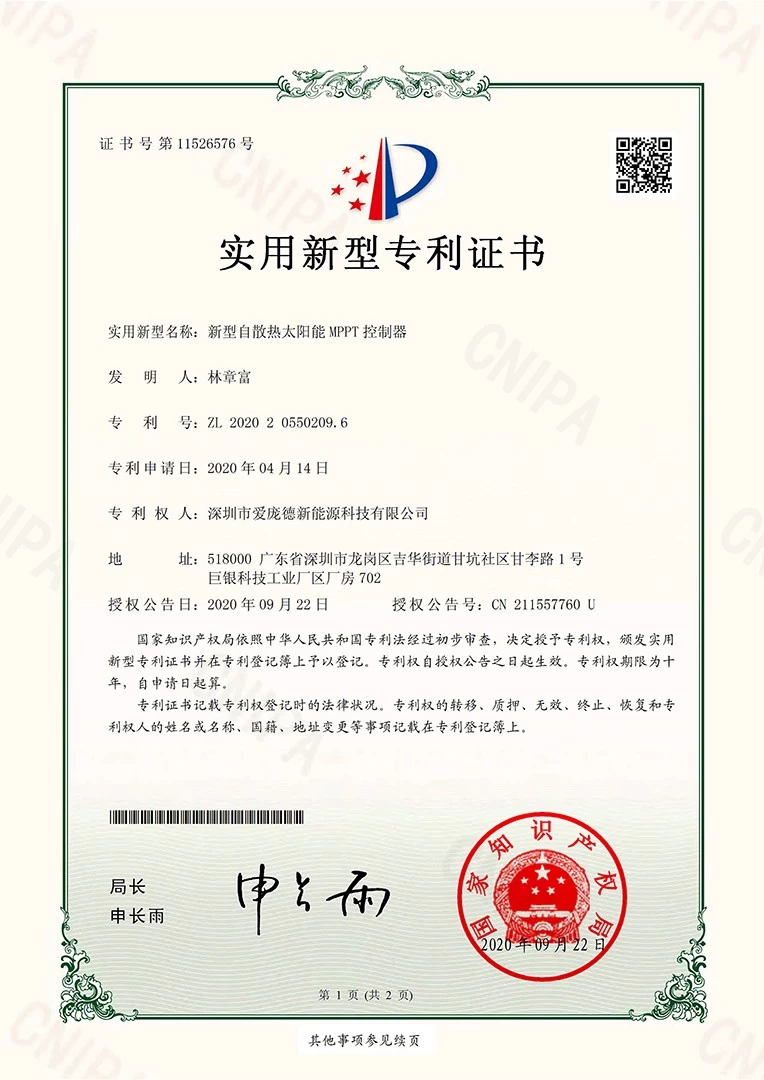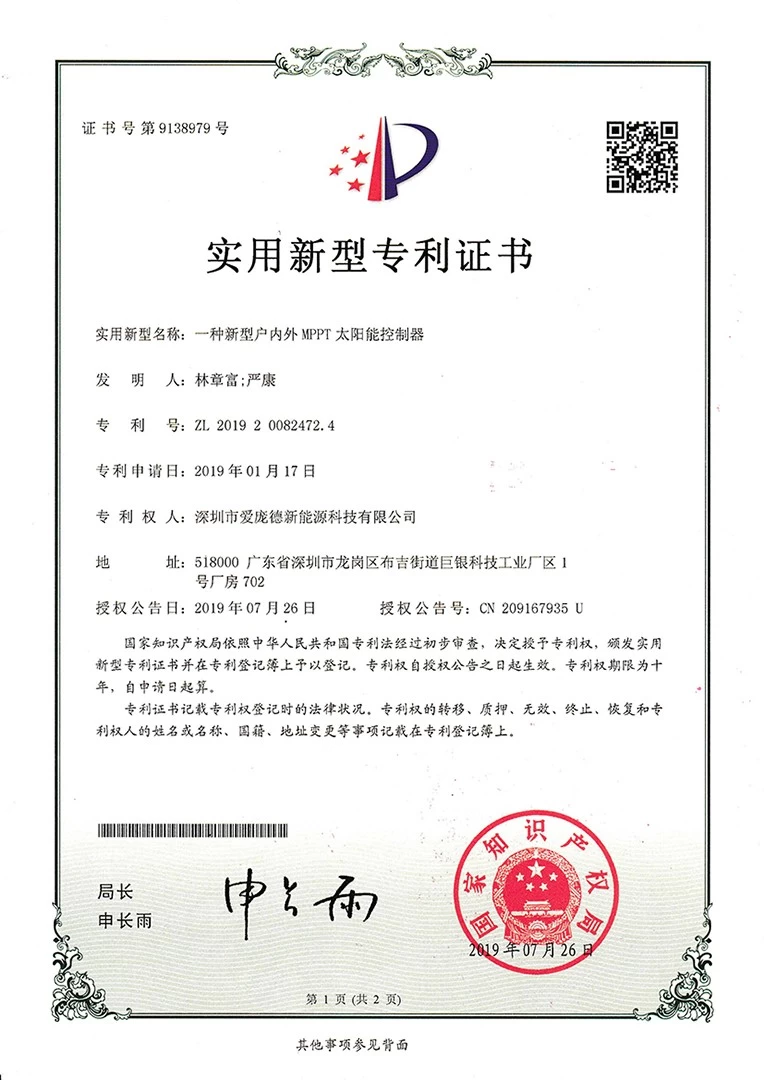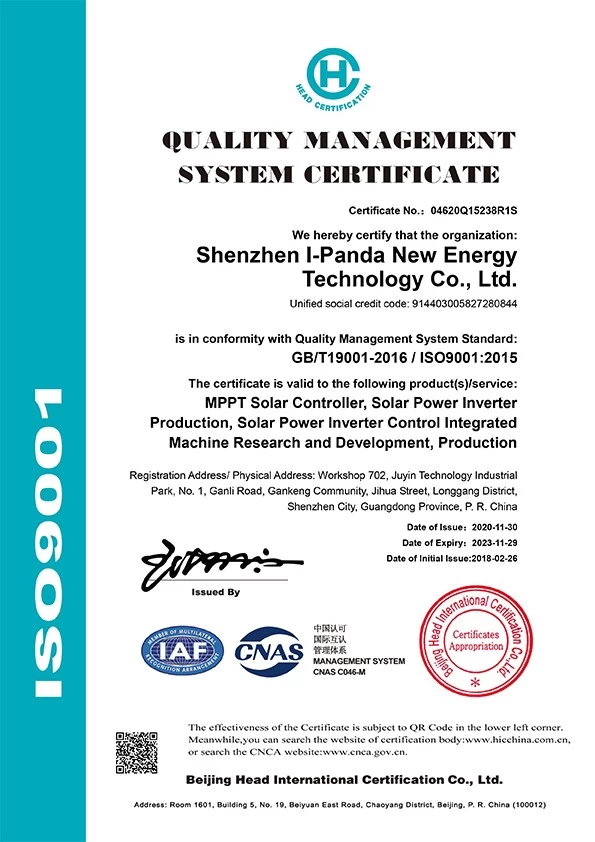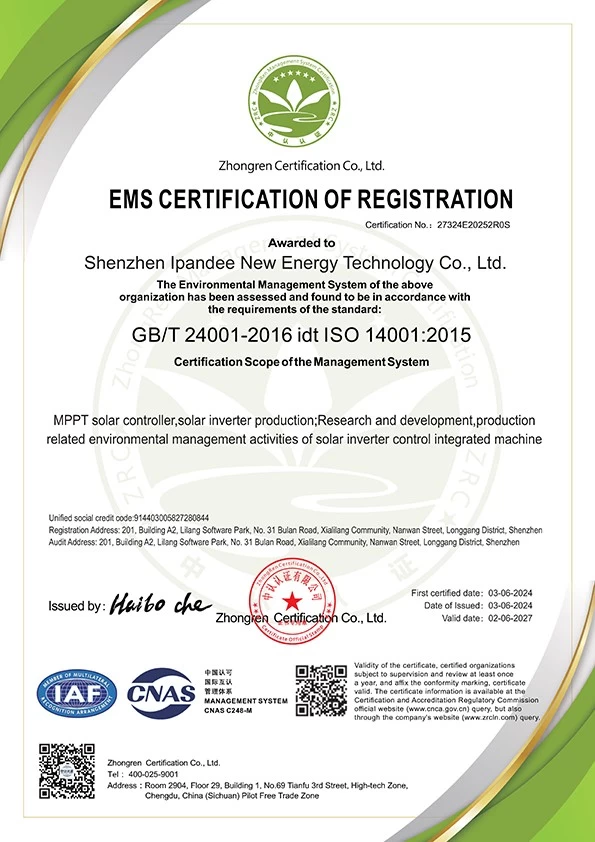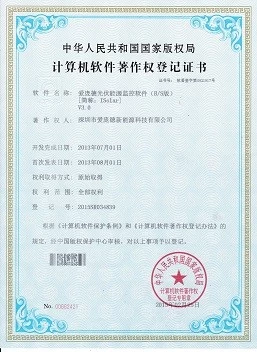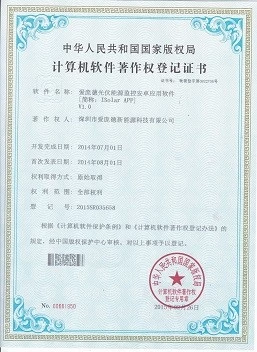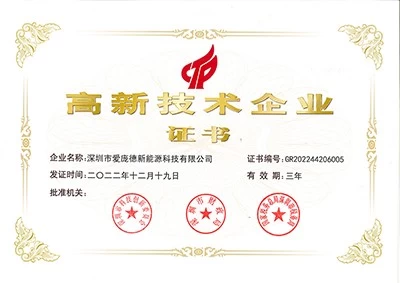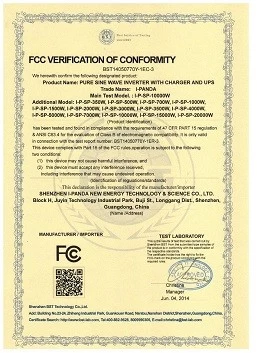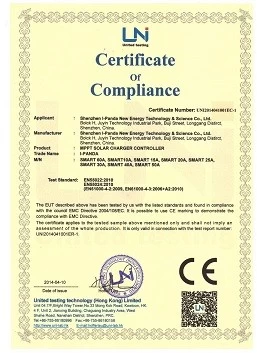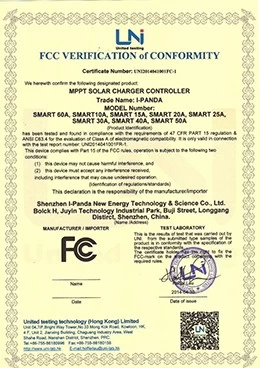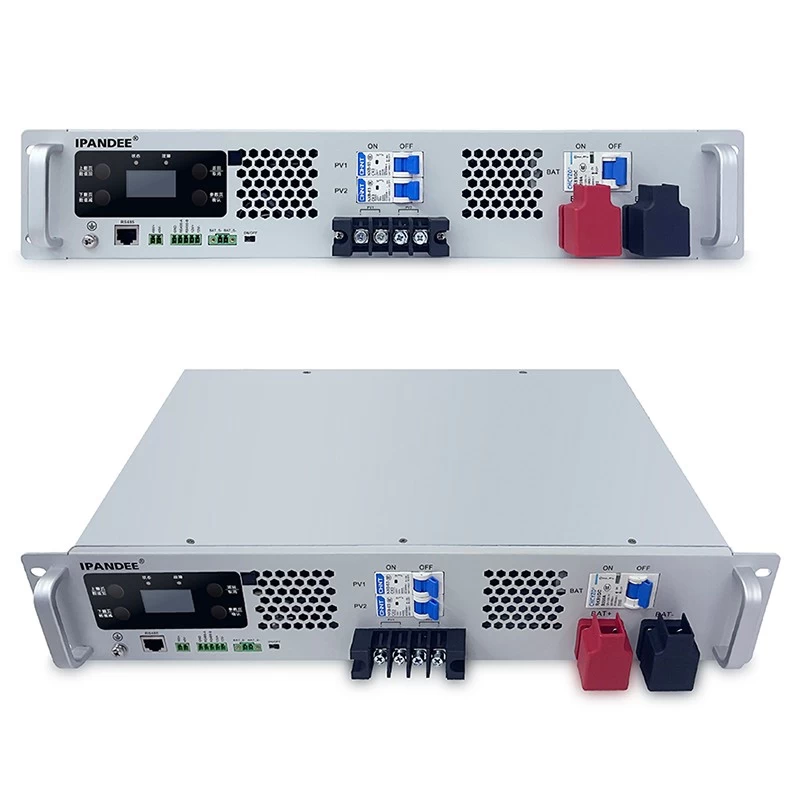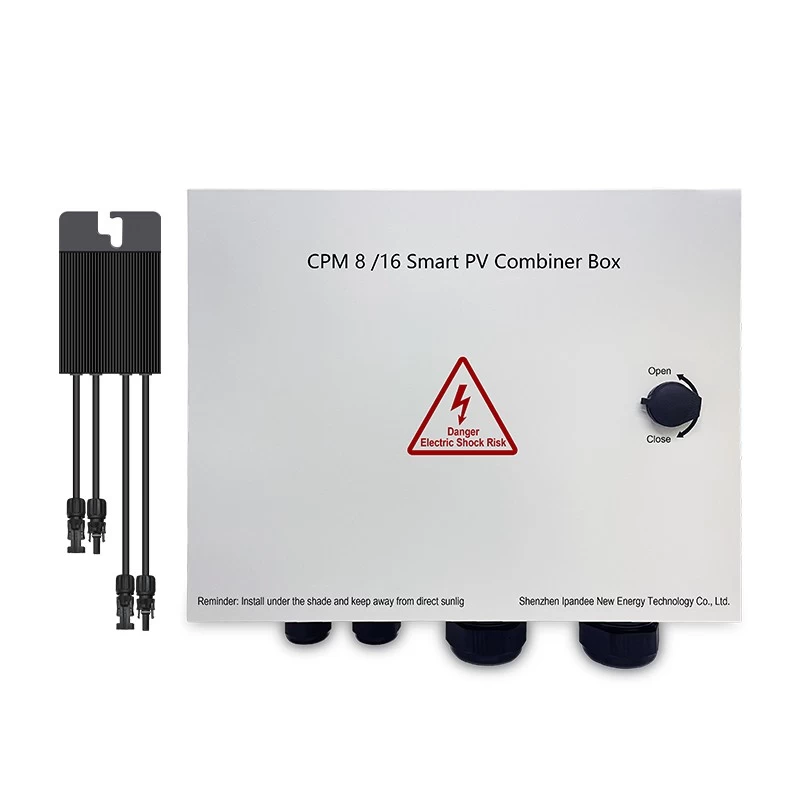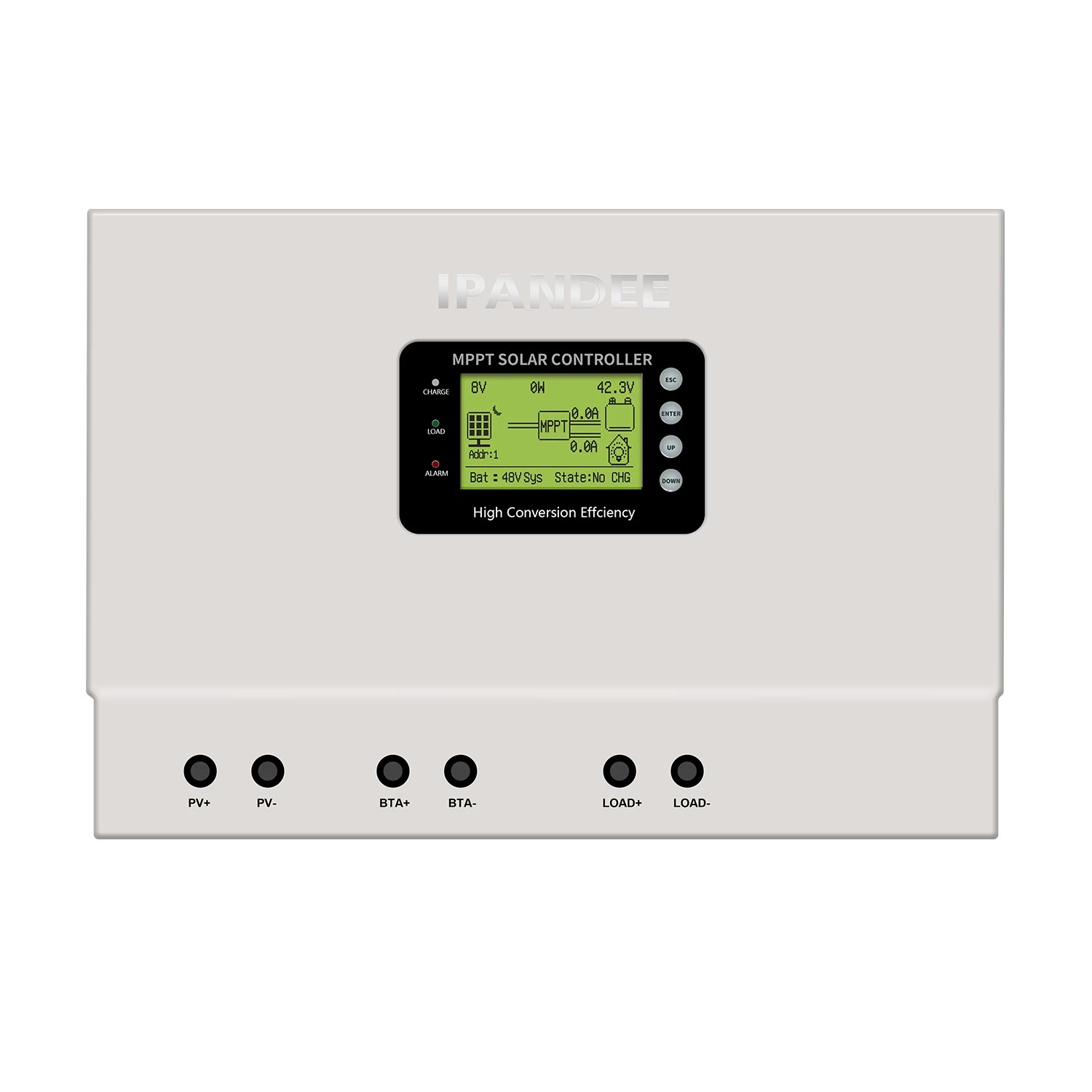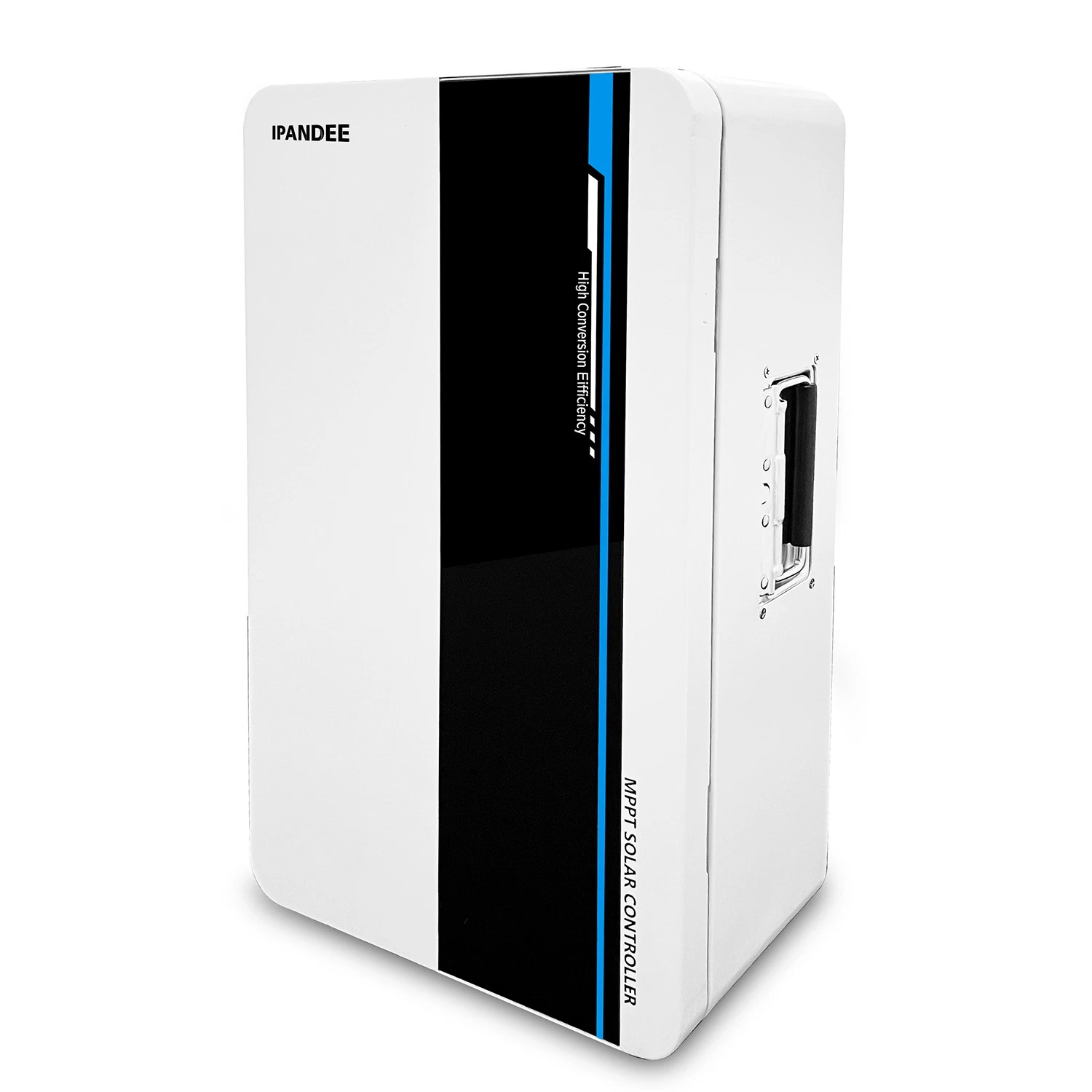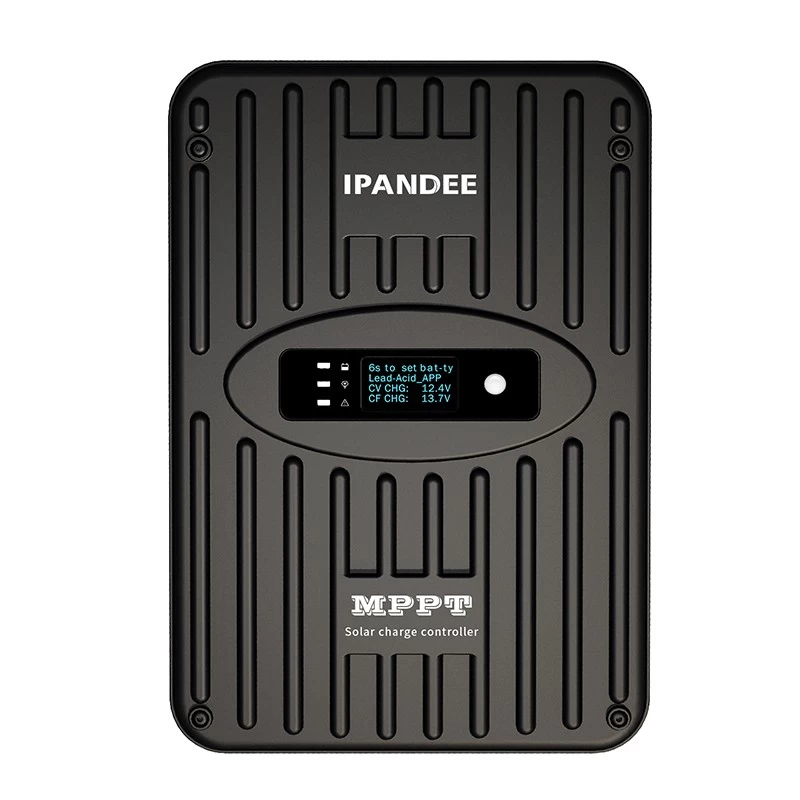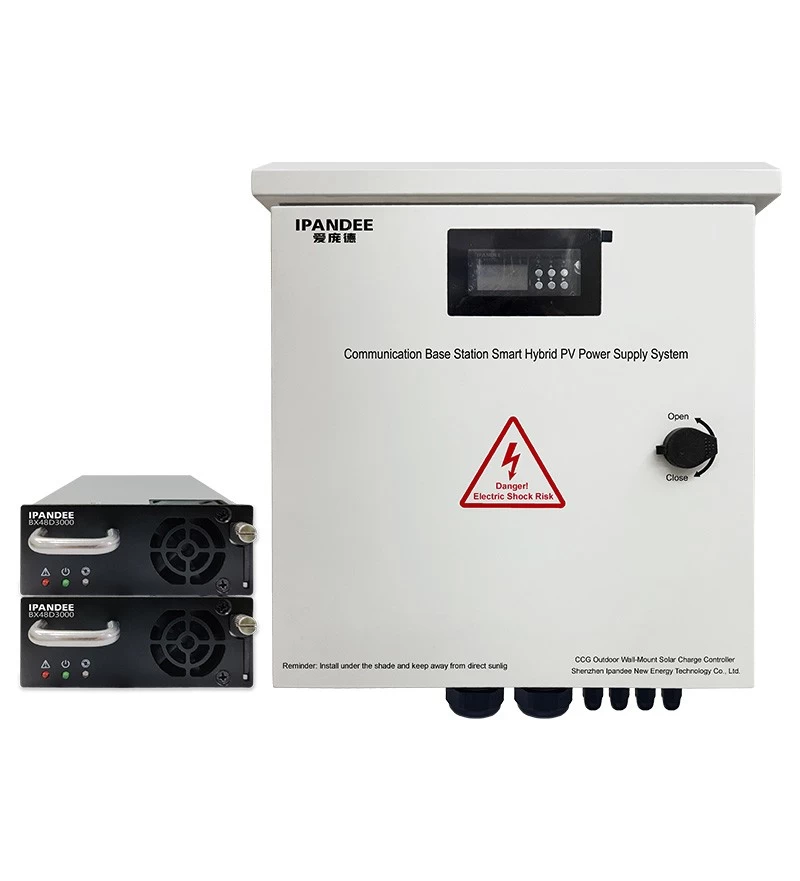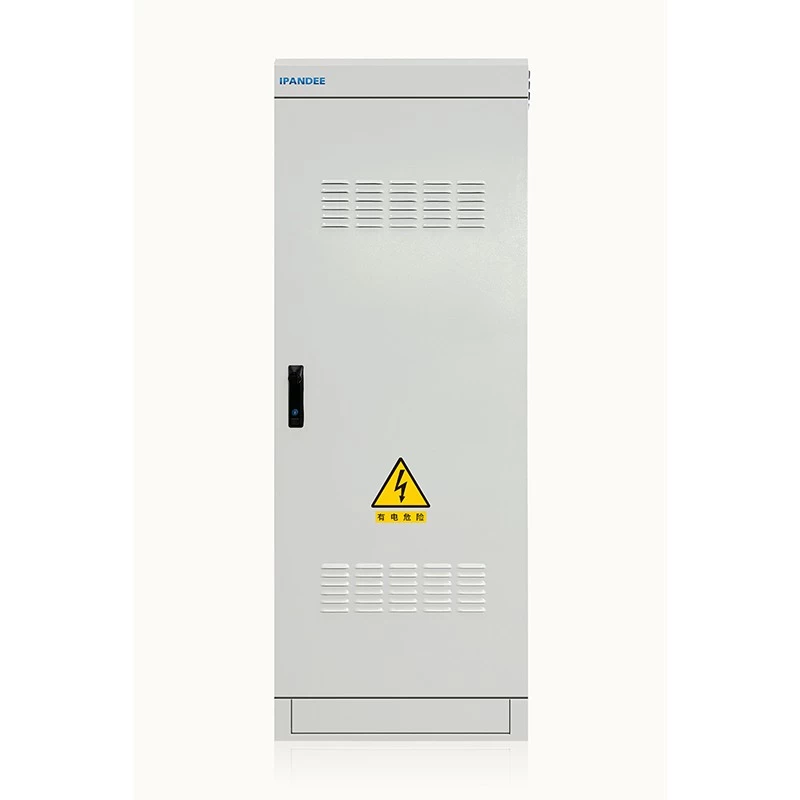How much energy can solar modules absorb?
Solar energy reaches the upper limit of the Earth's atmosphere, about 1367W per square meter. The current most efficient PV module is about 21%, which means that the maximum power that can be produced in a square meter is 210W, which is 1157W in the middle. went.
1. Half is absorbed and reflected by the atmosphere
There are thousands of kilometers of the atmosphere above the earth, divided into troposphere, stratosphere, intermediate layer, thermal layer and outer layer. About 30% of the sun's energy is reflected into space, and about 19% of the energy is absorbed by the clouds and the atmosphere. It became wind and thunder and rain, and it took about 51% to reach the surface of the earth. That is to say, the solar energy reaches the surface of the earth, the average power per square meter is about 690W, and the standard test condition of the component is 1000W per square meter. The illumination in most places cannot reach this condition, of course, in a few. Where the irradiance may exceed 1000W at a particular time.
2, the battery component absorbs visible light energy
Spectral knowledge of sunlight: Sunlight is a mixture of continuously varying wavelengths of light, containing light of various wavelengths: infrared, red, orange, yellow, green, blue, enamel, purple, ultraviolet, etc. Red, orange, yellow, green, sputum, blue, and purple are visible light, visible to the human eye. The region with the largest radiant energy is in the visible light portion, accounting for about 48%, the radiant energy in the ultraviolet spectral region accounts for about 8%, and the radiant energy in the infrared spectral region accounts for about 44%. In the entire visible spectrum, the maximum energy is in the wavelength. At 0.475μm, the solar cell can only absorb part of the energy and convert it into electric energy. The ultraviolet spectrum cannot be converted into energy, and the long wavelength in the infrared spectrum can only be converted into heat.
At present, the component can only absorb the energy of the visible part. If it can absorb, the maximum efficiency can reach about 48%, but no battery bandwidth of any technology can be so wide. When the forbidden band width is 1.0~1.6eV, The maximum conversion efficiency of the cell is below 44%, and the ultimate efficiency of the crystalline silicon cell is predicted to be 29%. In March 2017, the Japanese chemical manufacturing company developed a crystalline silicon solar cell with a conversion rate of 26.3%.
3, component packaging loss
After being packaged into components, the component area is larger than the total area of the battery, and the total area efficiency is lost by 2%; secondly, the light absorption absorption of the photovoltaic glass is lost by 0.5%; the light transmission absorption loss of the EVA film is 0.5%; Third, the resistance loss of the interconnect strip/sink strip is 1 percentage point. A total loss of about 4 percentage points. With the continuous development of component technology, multi-main gate battery components, double-glass aluminum-free bezel components, and MWT back contact without main gate battery components are now available, which can reduce component package loss to less than 1%.
Disclaimer: The content is partly from the Internet. For the purpose of transmitting more information, it does not mean agreeing with its views or confirming its description. Article content is for reference only.





